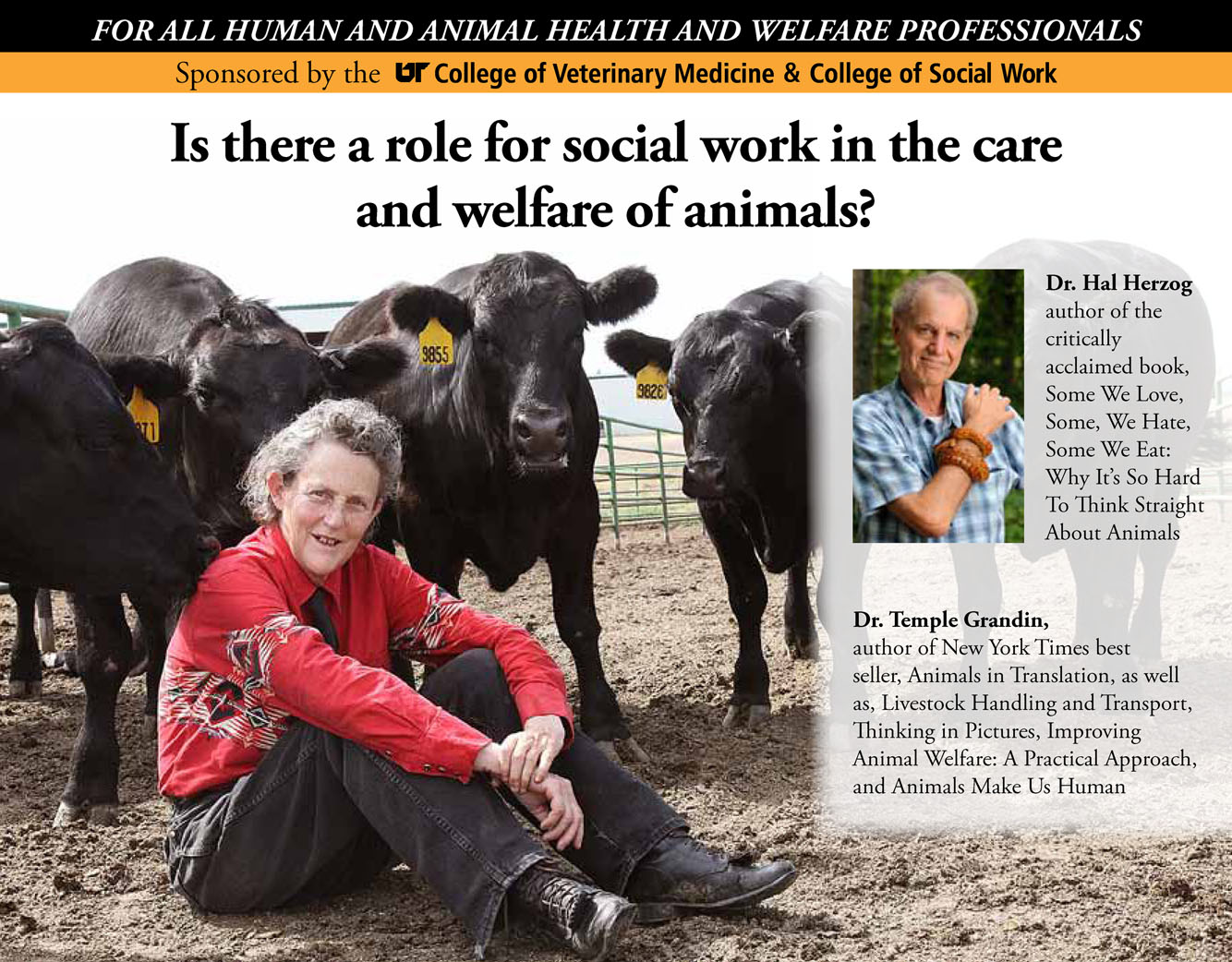Abstract
ABUSE AND THE ROLE OF THE HUMAN-ANIMAL BOND
Background: Research has demonstrated an undeniable link between domestic violence and animal abuse. Currently, there are more than 71.4 million women in the United States who live in domestically violent households, while also owning at least one companion animal (Krienert,Walsh, Matthews & McConkey, 2012). Further research suggest that one-half to three-fourths of women who have fallen victim to domestic violence, have also reported that their companion animal(s) had been threatened, harmed or even killed by their abuser (Flynn, 2011).
Problem: Despite the quantitative and qualitative data supporting the correlation between domestic violence and animal abuse, there is a lack of research addressing the significance of the human-animal bond that forms between the victims (both human and non-human) of the perpetrated abuse.
Research: This study examines the role of the human-animal bond within domestically violent households, as well as the psychological and physiological affects this bond can have for women in domestic violent situations. In addition, this research demonstrates the correlation between the “perceived importance” of the human-animal bond by women in domestically violent households, and the likelihood that their abuser will seek out their companion animal(s) as an additional target for abuse. One study conducted in a women’s shelter found that the perceived importance of the human-animal bond was so significant that 40% of the shelter women who made the decision to leave their abuser admitted that they delayed their decision to leave due to concerns regarding the wellbeing of their pet(s), of these women, more than 60% of them delayed their decision by more than two months (Faver & Strand, 2003). Lastly, this study exposes the detrimental affects that can precipitate when women in domestically violent households are forced to abruptly end their relationship with their pet(s), due to violence or the necessary surrender of their companion animals as a means of seeking refuge from their abuser.
References
Faver, C. A., Strand, E. B. (2003). To leave or to stay?: Battered women's concern for vulnerable pets. Journal of Interpersonal Violence, 18. 1367-1377. doi:10.1177/0886260503258028
Flynn, C. P. (2011). Examining the links between animal abuse and human violence. Crime Law Soc Change, 55. 453–468. doi:10.1007/s10611-011-9297-2
Krienert, J.L., Walsh, J.A., Matthews, K., McConkey, K. (2012). Examining the nexus between domestic violence and animal abuse in a national sample of service providers. Violence and Victims, 27(2). 280-295.
Track
The link between human and animal violence
Preferred Presentation Format
Podium: 30-minute podium presentation
Location
CUMBERLAND ROOM
Start Date
11-4-2013 11:15 AM
End Date
11-4-2013 11:45 AM
Included in
Mental and Social Health Commons, Psychiatry and Psychology Commons, Social and Behavioral Sciences Commons
Abuse and the Role of the Human-Animal Bond
CUMBERLAND ROOM
ABUSE AND THE ROLE OF THE HUMAN-ANIMAL BOND
Background: Research has demonstrated an undeniable link between domestic violence and animal abuse. Currently, there are more than 71.4 million women in the United States who live in domestically violent households, while also owning at least one companion animal (Krienert,Walsh, Matthews & McConkey, 2012). Further research suggest that one-half to three-fourths of women who have fallen victim to domestic violence, have also reported that their companion animal(s) had been threatened, harmed or even killed by their abuser (Flynn, 2011).
Problem: Despite the quantitative and qualitative data supporting the correlation between domestic violence and animal abuse, there is a lack of research addressing the significance of the human-animal bond that forms between the victims (both human and non-human) of the perpetrated abuse.
Research: This study examines the role of the human-animal bond within domestically violent households, as well as the psychological and physiological affects this bond can have for women in domestic violent situations. In addition, this research demonstrates the correlation between the “perceived importance” of the human-animal bond by women in domestically violent households, and the likelihood that their abuser will seek out their companion animal(s) as an additional target for abuse. One study conducted in a women’s shelter found that the perceived importance of the human-animal bond was so significant that 40% of the shelter women who made the decision to leave their abuser admitted that they delayed their decision to leave due to concerns regarding the wellbeing of their pet(s), of these women, more than 60% of them delayed their decision by more than two months (Faver & Strand, 2003). Lastly, this study exposes the detrimental affects that can precipitate when women in domestically violent households are forced to abruptly end their relationship with their pet(s), due to violence or the necessary surrender of their companion animals as a means of seeking refuge from their abuser.
References
Faver, C. A., Strand, E. B. (2003). To leave or to stay?: Battered women's concern for vulnerable pets. Journal of Interpersonal Violence, 18. 1367-1377. doi:10.1177/0886260503258028
Flynn, C. P. (2011). Examining the links between animal abuse and human violence. Crime Law Soc Change, 55. 453–468. doi:10.1007/s10611-011-9297-2
Krienert, J.L., Walsh, J.A., Matthews, K., McConkey, K. (2012). Examining the nexus between domestic violence and animal abuse in a national sample of service providers. Violence and Victims, 27(2). 280-295.


Speaker Bio
Iman Turner recently graduate of the University of Southern California (USC) with her Master in Social Work. During her studies at USC she was a Dean Scholar and a member of the Phi Alpha Honor Society. In addition to these academic accomplishments, Iman had the opportunity to have one of her research papers addressing the flaws within the Juvenile Justice system published in USC’s Outstanding Academic Papers by Students Publication. Iman is passionate about advocating for the social equalities of both people and animals and intends to return to school in the near future to study veterinary Medicine.